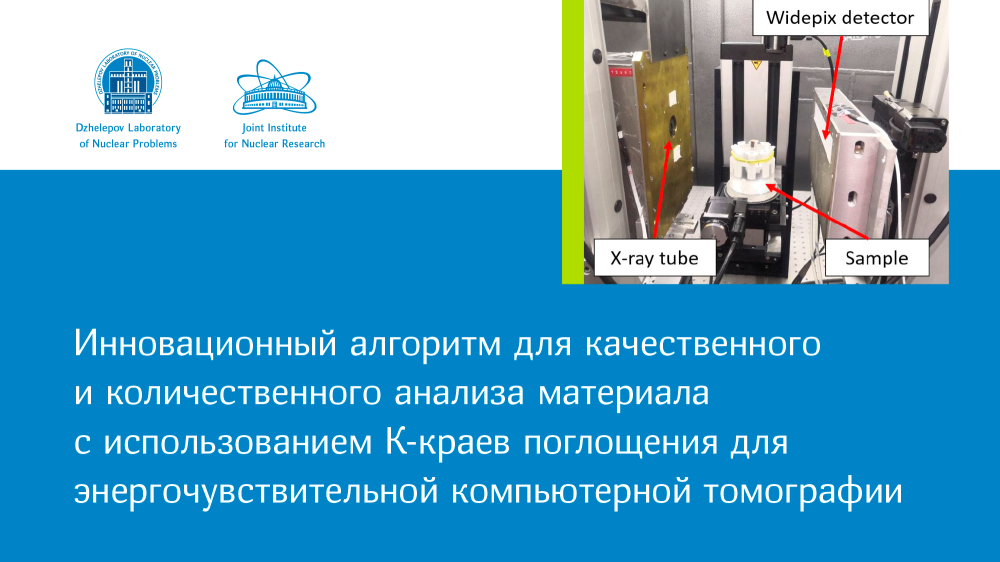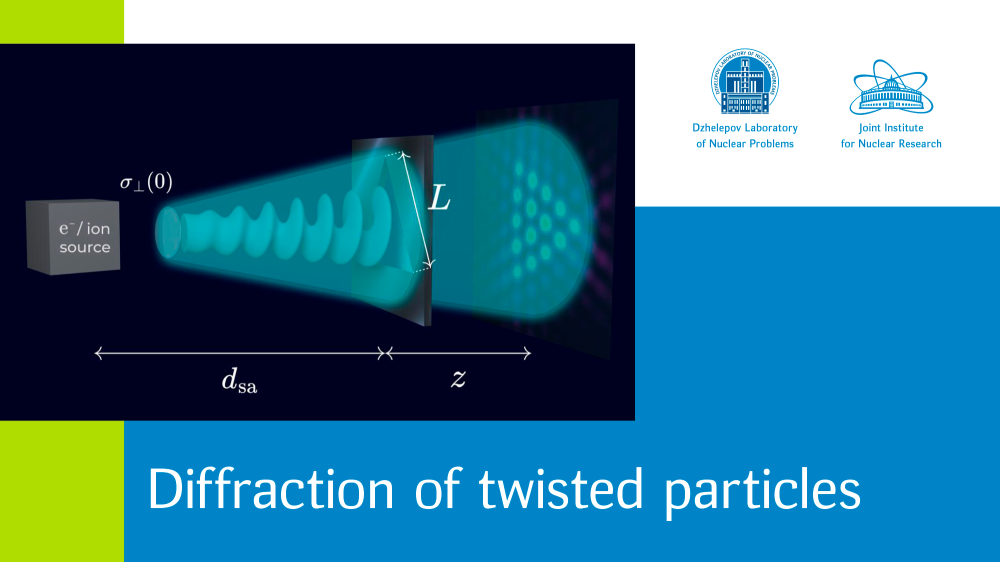Novel Algorithm for Qualitative and Quantitative Material Analysis by the K-Edges for Photon-Counting Computed Tomography

The use of photon-counting detectors (PCD) in X-ray computed tomography (CT) allows for obtaining specific spectral information about the materials present in the studied object. This provides the capability to detect contrast agents (CAs) based on elements with high atomic numbers, which opens up significant prospects for diagnostics and preclinical trials.
The article about this research was published in the Journal of Instrumentation in April 2024 https://iopscience.iop.org/article/10.1088/1748-0221/19/04/P04009
This work presents a criterion for the extraction of a contrast agent and the determination of its concentration based on the K-edge absorption. The criterion is built on the study of the spectral characteristics of CAs. It considers scenarios where more than two contrast agents are simultaneously used in a wide range of concentrations in the study. The experiment was conducted using a laboratory microtomographic system based on the Medipix3RX detector family. The criterion utilizes five energy thresholds for the identification of a single contrast agent. Lanthanides were used as contrast agents.
The research was carried out within the MSU – JINR project titled “Visualization and quantitative analysis of biopolymers in vivo via photon counting computed tomography enhanced by nanocomposite contrast agents” (funded by the Russian Science Foundation, grant number 22-15-00072).






